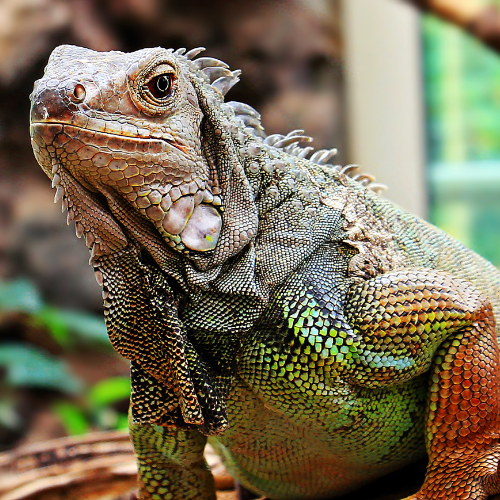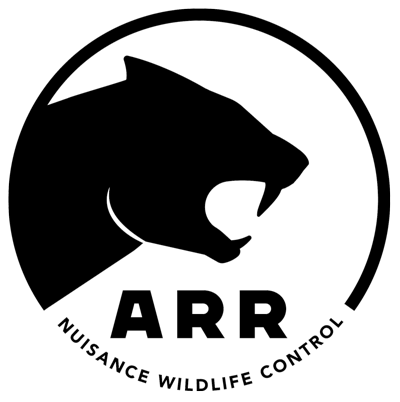Our region is home to a diverse array of reptiles, and while they are an integral part of our ecosystem, they can become a significant nuisance when they encroach on human habitats. Florida's warm climate is an ideal environment for a variety of reptilian species. The most common ones we encounter include snakes such as the Burmese python, water moccasins, and rattlesnakes, as well as various types of lizards including the invasive iguanas. These animals are often found near water bodies, in parks, and sometimes, unfortunately, in our backyards.
While these creatures play an essential role in the natural balance, they can become a real problem when they venture into human-occupied areas. Alligators, for instance, pose a significant threat due to their size and potential for aggression. Snakes, particularly venomous ones, are a serious concern for residents, posing health risks through bites. Iguanas, on the other hand, can damage landscapes, dig burrows that undermine infrastructure, and compete with native wildlife for food.
Attempting to handle these pests on your own can be dangerous. Venomous snakes can inflict serious injuries or even be fatal. Moreover, improper handling can lead to the animals suffering unnecessarily. Our team at ARR Nuisance Wildlife Control possesses the expertise, experience, and equipment necessary to manage these situations safely and humanely.
While these creatures might be seen as a nuisance, they are fascinating in their own right. For instance, did you know that the Burmese python, one of the largest snakes in the world, can grow up to 23 feet long? This highlights the importance of respecting and understanding these animals even as we manage their presence in our communities. Florida's warm climate and abundant waterways make it an attractive habitat for these animals. In recent years, the state has seen a rise in reptilian-related incidents, underscoring the need for professional control services.
At ARR Nuisance Wildlife Control, we are committed to providing effective, humane solutions to your reptilian pest problems. Our team is highly trained and equipped with the necessary tools to handle these animals safely. We understand the behaviors and habitats of these creatures, enabling us to resolve your issues efficiently while minimizing risks to both the animals and residents.
Our approach involves a thorough assessment of the situation, identification of the species involved, and a strategic plan to address the problem. We prioritize non-lethal methods and strive to relocate these animals whenever possible. Our services also include guidance on preventive measures to reduce the likelihood of future encounters.
Living in Central and Southwest Florida means coexisting with a variety of wildlife, including reptilian species. While they are an important part of our ecosystem, their presence in close proximity to human habitation can pose significant risks. At ARR Nuisance Wildlife Control, we are dedicated to providing professional, humane solutions to manage these challenges. Our expertise ensures the safety of both residents and the animals, maintaining the delicate balance of our natural environment. Contact us to schedule an inspection.
Frequently Asked Reptile Questions
Q1. Why do some reptiles change colors?
A1. While camouflage is a significant reason for color change in reptiles like chameleons, it's not the only one. Chameleons, for example, change color for various reasons including temperature regulation, communication, and expressing their physiological state. For instance, they might become darker to absorb more heat or change colors during social interactions to express aggression, fear, or willingness to mate. This ability is a complex interaction of hormones, the nervous system, and specialized cells in their skin called chromatophores.
Q2. How Long Can Reptiles Live?
A2. Reptiles are known for their potentially long lifespans, with some species outliving even humans. Tortoises, in particular, are famous for their longevity. For instance, the Aldabra giant tortoise can live for over 150 years. Factors contributing to their long lives include slow metabolism, resilient constitutions, and in some cases, less stressful environmental conditions (especially in captivity). The long lifespan of reptiles is often linked to their slow growth rate and late maturity.
Q3. Can Reptiles Regenerate Lost Body Parts?
A3. Regeneration in reptiles is indeed fascinating. Many lizard species have the ability to drop their tails (autotomy) as a defense mechanism and can regenerate a new one, though the new tail is often different in structure and appearance. The regenerative process is complex and varies among species. Generally, the regrowth is limited to tails; they cannot regenerate limbs or other more complex body parts. The new tail usually has a cartilage rod instead of the vertebrae found in the original, and the scales may have a different pattern or color.
All Rights Reserved | ARR Nuisance Wildlife Control

